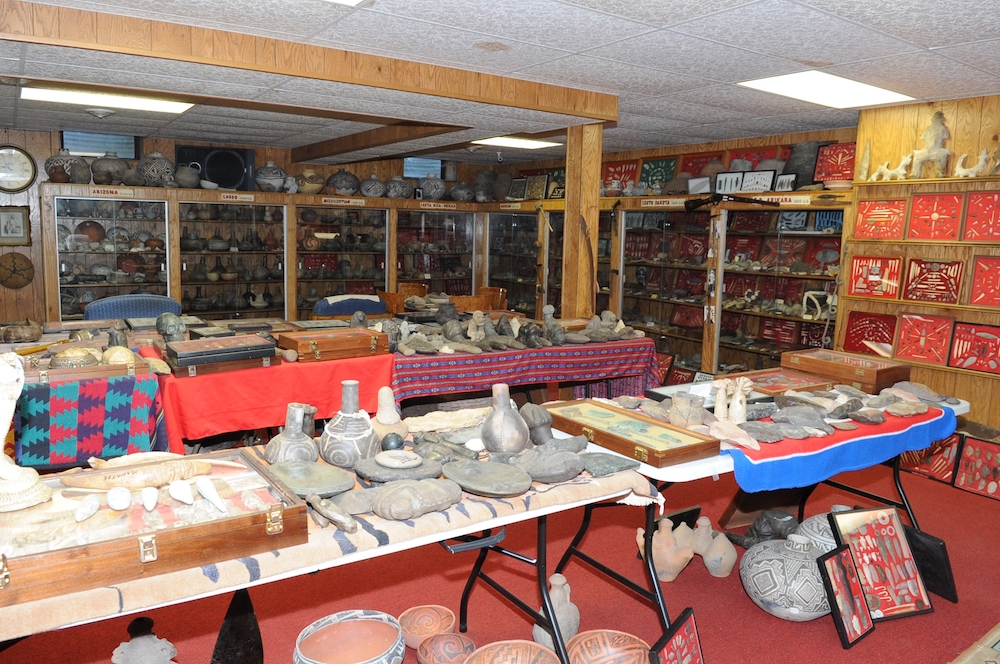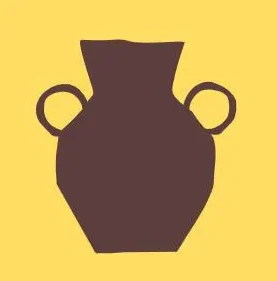When archaeology comes to mind, it is usually history and moments that have long past. Many see archaeology as solely studying relics and ruins of the past, believing the past is in the past. However, archaeology has vast applications in the modern-day and future, ones you may not even realize.
Archaeology in the Present
- Cultural Heritage and Identity:Linking individuals and groups to their cultures and rituals of the past, helping them establish and maintain the history central to their identities. Everything you know about history is a result of archaeologists who have for years, even decades, constructing various hypothesis, excavating structures and artifacts, collecting extensive data, corroborating narratives, and publishing their findings. For example, Indigenous archaeology aims to reconnect indigenous tribes to their ancestral landscapes, helping to develop a more complete narrative of the traditions and artifacts their ancestors used in the past.

Repatriation of stolen Native American artifacts allows them to reconnect with their ancestors and the cultural history that grounds them. Image Source. - Urban Archaeology and City Planning:Urban archaeology explores the complex layers of artifacts found in urban areas. As cities tend to be built upon older, already developed cities, this accumulates centuries of building, rebuilding, and the reuse of materials in these areas. Archaeology in urban areas can also pose challenges, however, as they must navigate around high traffic areas, important buildings, and limit disruptions to city life. Using the information gathered, archaeologists can connect residents to their city’s history.
/https://tf-cmsv2-smithsonianmag-media.s3.amazonaws.com/filer/c1/b9/c1b9e351-b068-4bc9-848f-afeb77a7842f/1024px-largo_di_torre_argentina_archaeology.jpg)
Archaeology at Largo di Torre Argentina, Rome. Image Source. In the same way archaeologists work around urban areas, city planners and construction must be centered around archaeology to ensure important historical buildings or artifacts aren’t destroyed as buildings are built. This often includes the use of Cultural Resource Management to survey construction sites pre-construction. It is important that, while progress and development are emphasize, cultural narratives are preserved as well. This can be incorporated into urban design and public programming, using historical evidence to create better-informed and more contextually relevant urban environments.
An example of interconnection between urban archaeology and city development was during the construction of Rome’s Metro C Line, which unexpectedly transformed into an archaeological adventure during what was supposed to be an ordinary addition of a subway line. Construction workers found several outstanding archaeological discoveries, including the remains of Emperor Hadrian’s auditorium, a multistorey working-class complex, and 40,000 other artifacts. Due to the sheer number of artifacts discovered during construction, Rome’s government plans to build a underground museum showcasing the artifacts found there in the exact areas they were discovered.

Mosaic tiles found during construction of the C Line, part of Emperor Hadrian’s Auditorium complex. Image Source. - Forensic Archaeology:
Forensic archaeology, a fairly recent addition to the field, involves applying archaeological techniques to investigations of crime scenes in order to identify evidence and reconstruct a crime scene (usually a murder). They may work in areas like marshes, swamps, even graves, wherever important evidence may be buried, using their knowledge of archaeology to identify traces of human remains or attempted concealment, sampling DNA to identify human remains, and reconstructing dynamics of the crime scene. Doing so may help law enforcement officials to gain information about the perpetrator of a crime, help find traces of missing persons, or allow families to repossess remains of missing persons.
Forensic archaeologists at work at a graveyard. Image Source.
Archaeology in the Future
- Climate Change Responses:Rises and falls of civilization, sometimes due to natural disasters, are cyclical. Using information about how past civilizations might’ve succumbed to these tragedies, archaeologists can help prepare for future ones. Similarly, many civilizations in the past had their own methods to combat and navigate climate change. For example, Ken Sassaman studies the ancient Indigenous peoples on the Gulf coast of northern Florida who lived through 5,000 years of climate change. By shifting their diets and relocating their ancestors, they were able to address drastic sea level rises and shoreline retreats, which moved at the rate of a football field every five years. He has presented this information to Florida legislators, who officially deny the reality of human-caused climate change.
- Technological Innovation:Archaeology’s future lies at the intersection of science and technology. With innovations like LiDAR scanning, ground-penetrating radar, 3D modeling, and artificial intelligence, archaeologists can now uncover, analyze, and preserve sites without disturbing them. Remote sensing technologies are revealing lost cities beneath dense jungles, while digital databases and machine learning are transforming how artifacts are classified and interpreted. These tools not only increase accuracy and efficiency but also democratize and immortalize access to knowledge, allowing global collaboration and virtual reconstructions of heritage once inaccessible to the public. As technology continues to evolve, archaeology will move beyond excavation toward digital preservation allowing a better understanding humanity’s past while shaping how we remember it in the future.

LiDar reveals ancient Mayan sites hidden beneath rainforest canopy. Image Source. - Sustainable Development and Policy:By using archaeological data to research how past societies managed resources in a sustainable manner, archaeologists can apply this to the modern-day to encourage a more sustainable development and way of life. This has already been applied in Hawaii, where plant species were reintroduced after archaeologists found evidence they had once naturally existed on the island millennia ago. In the Amazon, stratigraphy layers revealed the use of pre-Columbian Terra Preta, a mixtures of organic waste, charcoal and pottery fragments. This mixture was used to fertilize the soils and reproduced in Australia, successfully increasing agricultural productivity.

Rich Terra Preta soil used by created by Amazonian civilizations from approximately 7000 years ago (left) and regular soil (right). Image Source.
Why Archaeology Still Matters
Archaeology provides bridges between the past and present, revealing how human societies have adapted, created, and learned across millennia. In an era defined by rapid technological change, cultural conflict, and environmental uncertainty, understanding the roots of civilization, such as how people built communities, managed resources, and expressed belief, offers crucial insights into the challenges we face today. As climate change threatens cultural sites and misinformation distorts historical narratives, archaeology’s role in preserving and interpreting humanity’s shared heritage becomes even more vital in ensuring that the lessons of our ancestors continue to inform and guide our collective future.
Works Cited:
- Chicago Journals. (2017). Archaeology has the potential to improve health, well-being, and resilience. https://www.journals.uchicago.edu/doi/abs/10.1086/692985
- Internet Archaeology. (2022). What is archaeology good for? https://intarch.ac.uk/journal/issue70/2/full-text.html
- MetrocS.P.A. (n.d.). Historical heritage. https://metrocspa.it/en/historical-heritage/
- The Guardian. (2025, August 5). Homes of working-class Romans discovered in Rome metro dig. https://www.theguardian.com/world/2025/aug/05/homes-working-class-romans-discovered-rome-metro-dig
- CNN Travel. (n.d.). Rome’s Metro Line C turns into an underground museum. https://edition.cnn.com/travel/rome-metro-line-c-underground-museum
- International Commission on Missing Persons (ICMP). (n.d.). Forensic archaeology and anthropology. https://icmp.int/what-we-do/science-and-technology/forensic-archaeology-and-anthropology/
- Forensic Science Society. (n.d.). Forensic archaeology. https://www.fss.org.uk/forensic-archaeology.html
- The Conversation. (2018, December 3). Using archaeology to understand the past, present, and future of climate change. https://theconversation.com/using-archaeology-to-understand-the-past-present-future-of-climate-change-108668
- Taylor & Francis Group. (n.d.). An archaeology for sustainable development. https://think.taylorandfrancis.com/special_issues/an-archaeology-for-sustainable-development/

